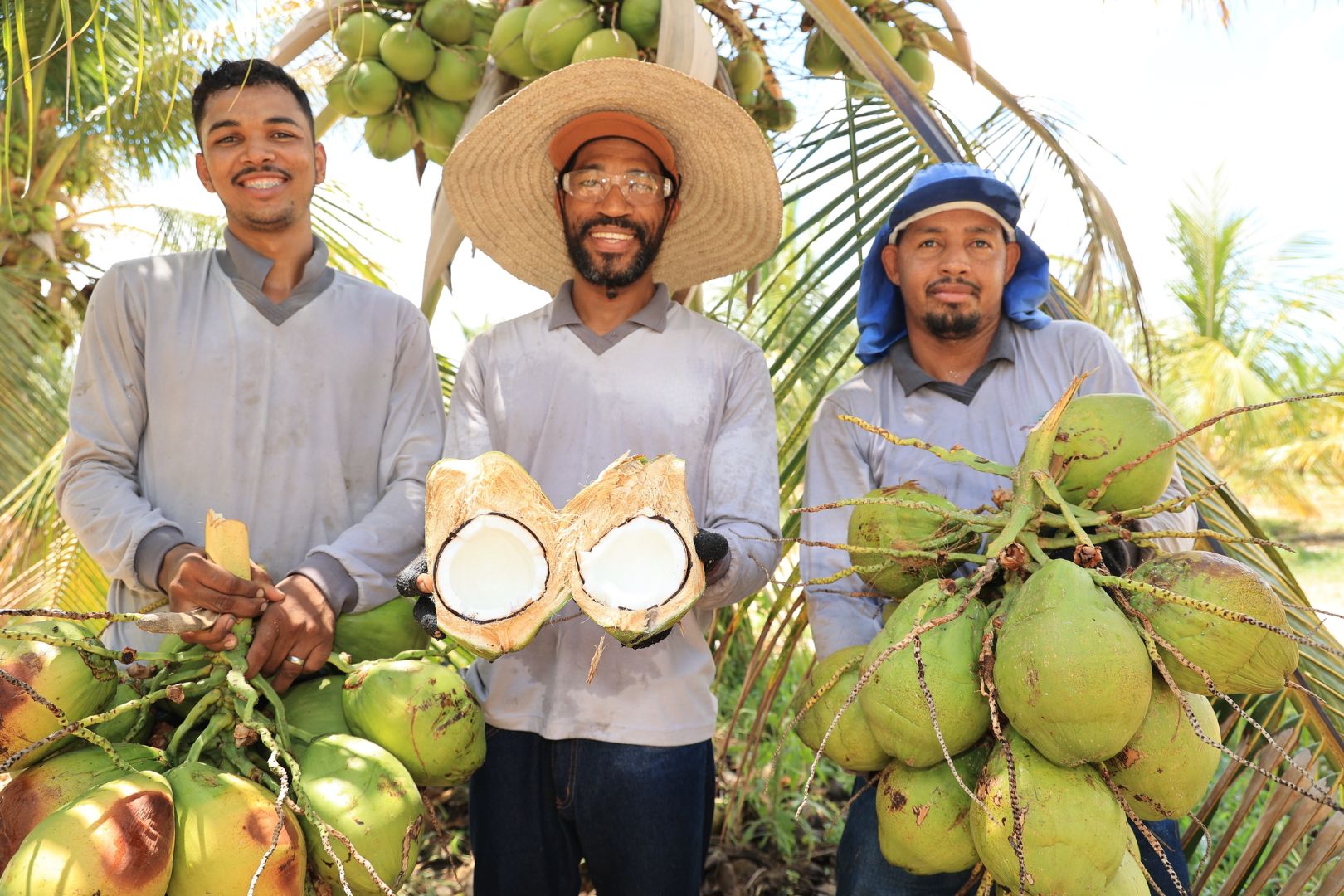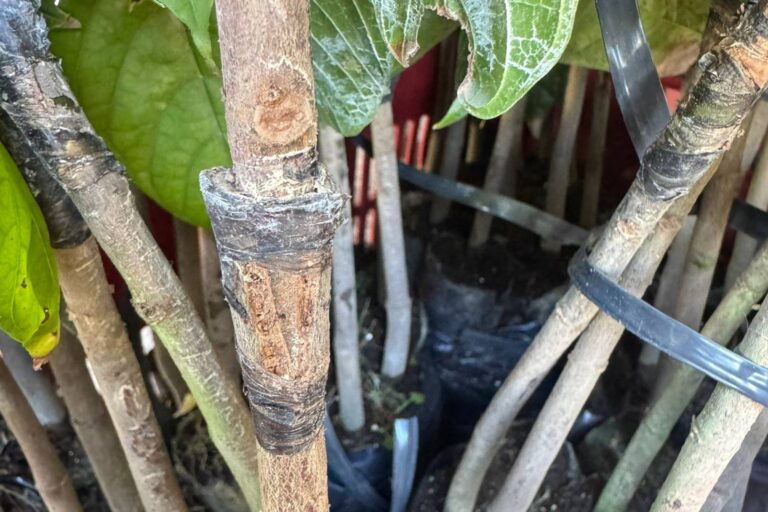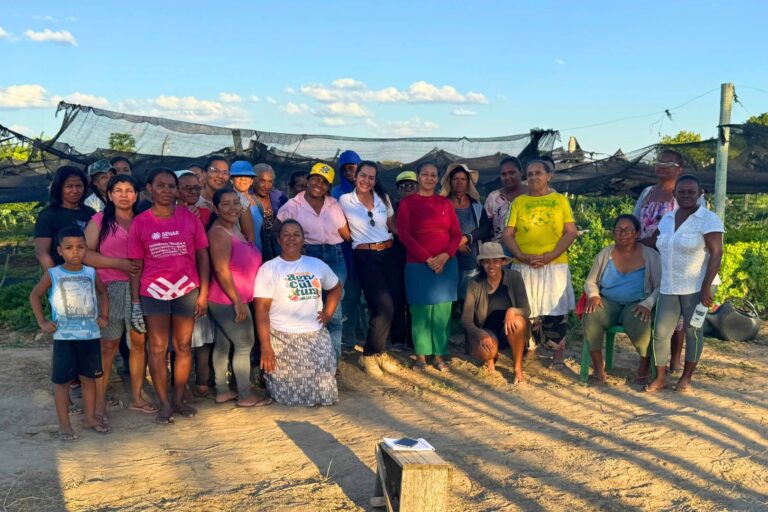Coconut plants, known scientifically as Cocos nucifera, go through several fascinating stages of growth, each requiring specific care and attention.
In this post, we’ll delve into the early stages of coconut plant development, emphasizing sustainable practices and revealing the secrets that ensure healthy growth and environmental stewardship.
Stage 1: Seed Selection and Preparation
The journey of a coconut tree begins with selecting the right seeds. At Peirot, we prioritize seeds from healthy, disease-free mother trees known for high yield and quality nuts. Sustainable seed selection involves choosing seeds from the best parent plants, minimizing the use of chemicals, and promoting biodiversity.
Once selected, the seeds undergo a preparation process. This includes soaking the coconuts in water to enhance germination rates. After soaking, the coconuts are placed in a shaded, humid environment to sprout.
Stage 2: Germination
Germination is a crucial phase where the coconut seed sprouts and begins to develop roots and shoots. This stage typically takes around three to six months. At Peirot, we create optimal conditions for germination by carefully curating our land.
We use organic mulch, such as coconut husk and compost, to retain soil moisture and provide essential nutrients to the young sprouts. This practice not only promotes healthy growth but also recycles organic waste, contributing to our sustainable farming efforts.
Stage 3: Transplanting
Transplanting is a critical step where the young coconut plants are moved from to their permanent location on our farm. Timing is essential; we choose a period with favorable weather conditions to minimize transplant shock and ensure successful establishment.
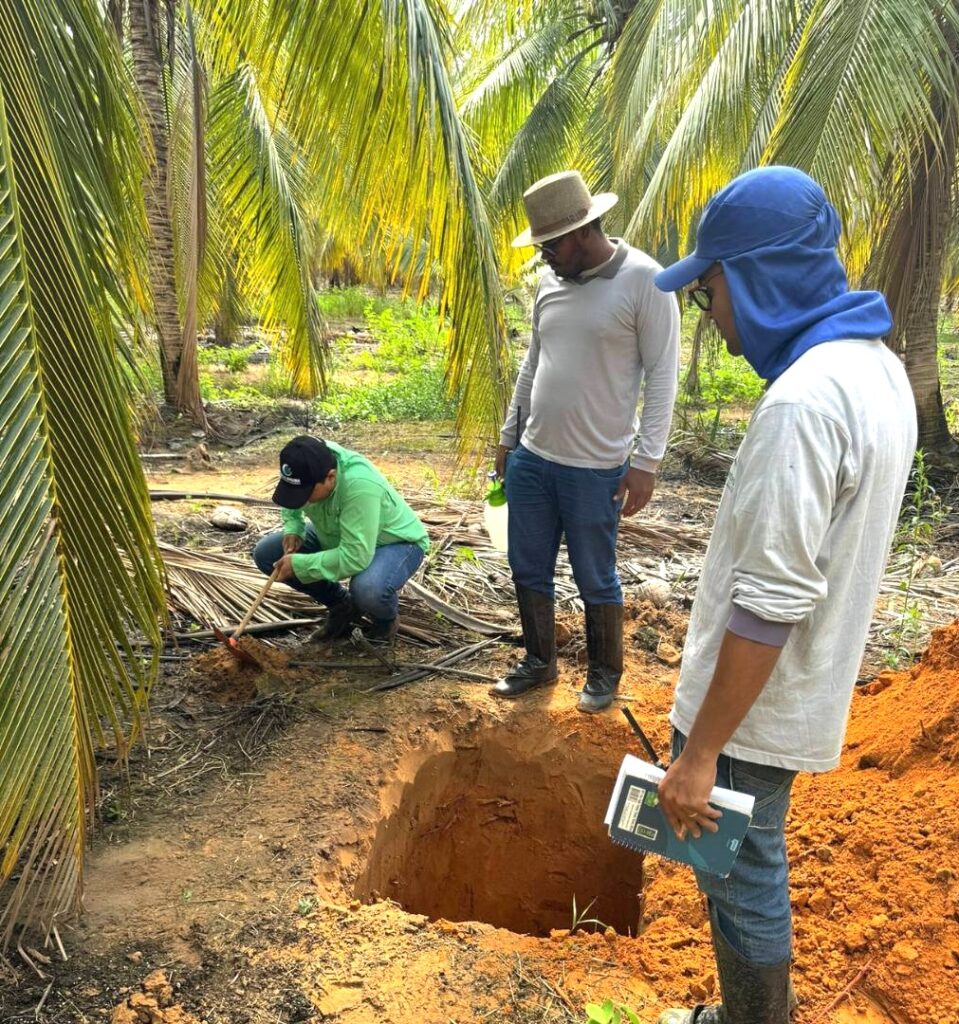
Our transplanting process at Peirot includes:
- Soil Preparation: We prepare the planting sites by digging holes and enriching them with organic matter. This ensures the soil is fertile and well-drained, providing the best start for the young plants.
- Spacing: Adequate spacing is crucial to allow each coconut tree to grow without competition for nutrients, light, and water. We follow sustainable planting guidelines to optimize tree health and productivity.
- Water Management: Post-transplant, we ensure the young plants receive sufficient water to establish their root systems. Our irrigation systems are designed to conserve water and ensure efficient delivery to the plants.
Stage 4: Early Growth and Maintenance
During the first few years after transplanting, coconut trees establish their root systems and developing a strong trunk. This phase is vital for the future health and productivity of the trees.
At Peirot, our early growth maintenance practices include:
- Regular Mulching: We apply organic mulch around the base of the plants to retain soil moisture, suppress weeds, and provide a slow-release source of nutrients.
- Nutrient Management: Regular applications of compost and natural fertilizers ensure the young plants receive essential nutrients for healthy growth.
- Pest and Disease Monitoring: Early detection and management of pests and diseases are crucial. We employ sustainable practices such as crop rotation, natural predators, and organic treatments to keep our plants healthy.
Stage 5: Flowering and Coconut Growth
Coconut flowering marks the beginning of an incredible journey for the coconut palm tree. These majestic trees, towering high with their slender trunks and lush, feathery fronds, produce clusters of flowers that form at the base of the leaves. Each cluster, known as an inflorescence, contains both male and female flowers. The male flowers, which appear first, release pollen that is carried by the wind or insects to fertilize the female flowers. Once pollinated, the female flowers develop into young coconuts, heralding the start of the next stage in the tree’s reproductive cycle.
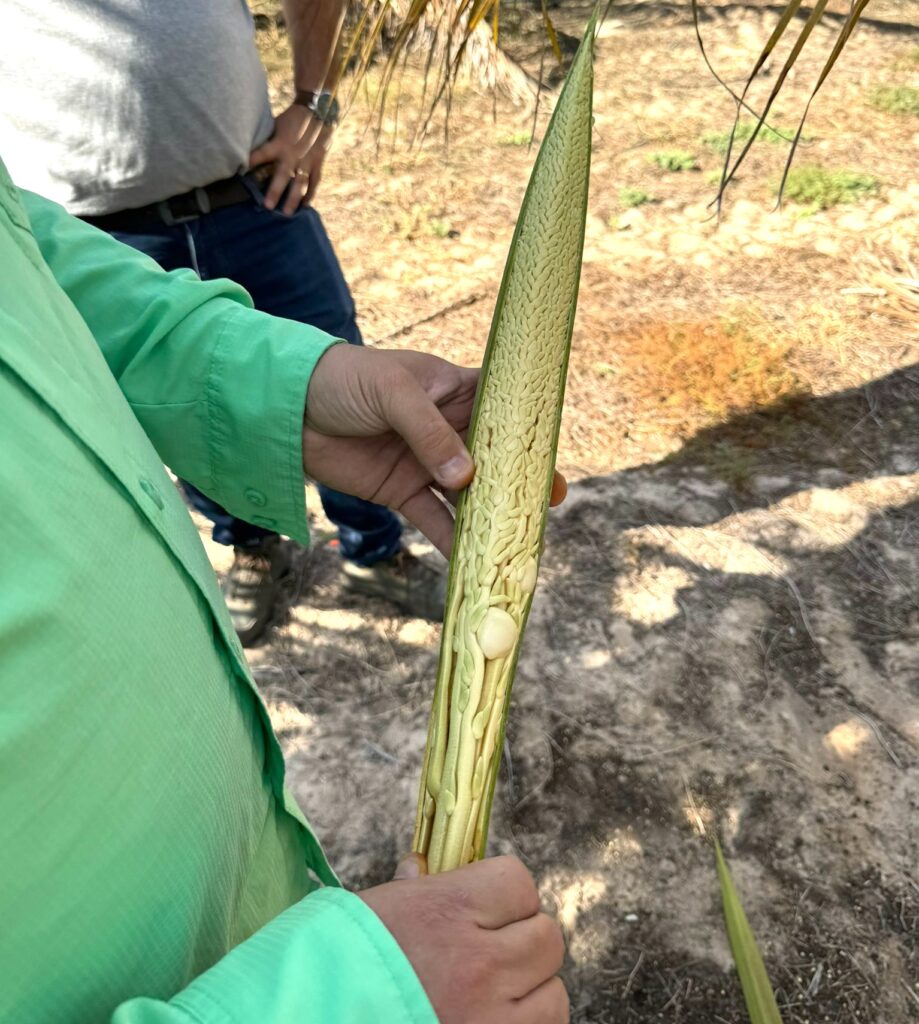
In the image above, you can see the coconut flowers as they are encased in the palm frond and about to emerge.
In the next image below, you can see the coconut flowers as they have grown from the palm frond. You can already see the little coconuts starting to form.
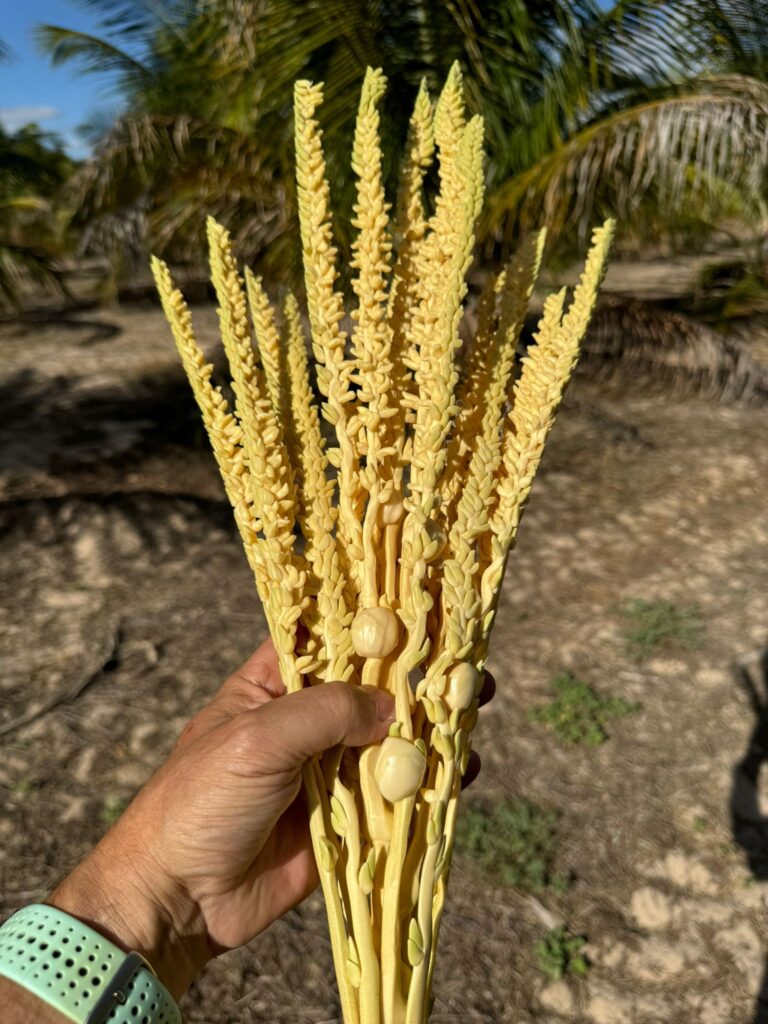
During the early stages of coconut growth, the young coconuts, or “fruitlets,” begin to form and swell. This phase is crucial as the coconuts develop their protective husks and start to accumulate the vital nutrients needed for their maturation. As they hang from the tree, these young coconuts are nourished by the palm, drawing sustenance from the sun, soil, and water. Sustainable farming practices, such as using organic fertilizers and ensuring efficient water management, play a significant role in supporting this growth phase, helping the young coconuts thrive in their semi-arid environment and ensuring a bountiful harvest.
Sustainability at Every Stage
Sustainability is at the heart of our coconut farming practices. Throughout the life stages of our coconut trees, we adhere to environmentally friendly methods that promote soil health, conserve water, and reduce chemical use. Some of our key sustainable practices include:
- Organic Fertilization: We use compost and natural fertilizers to enrich the soil. This reduces the need for synthetic chemicals and enhances soil fertility over time.
- Integrated Pest Management (IPM): Our IPM strategy includes using beneficial insects, natural predators, and organic pesticides to manage pests, minimizing the environmental impact and promoting a healthy ecosystem.
- Water Conservation: Drip irrigation systems ensure efficient water use, delivering water directly to the plant roots and reducing evaporation and runoff.
- Agroforestry: Integrating coconut trees with other crops and trees to promote biodiversity and enhance ecosystem resilience.
- Renewable Energy: Utilizing solar energy for our irrigation systems and farm operations, reducing our carbon footprint and promoting renewable energy use.
- Waste Recycling: Composting organic waste, such as coconut husks and leaves, to enrich the soil and reduce waste.
Harvest Time!
Of course, once a coconut tree is fully grown, it starts producing its own coconuts. You can learn more in our article on harvesting coconuts.
Conclusion
At Peirot, our dedication to sustainable coconut farming ensures that the early stages of coconut growth, from seed selection to early maintenance, are conducted with care and environmental responsibility. By embracing sustainable practices, we not only cultivate healthy coconut plants, we also contribute to the long-term health of our planet. Join us on our journey to nurture the future of coconut farming, one sustainable step at a time.

